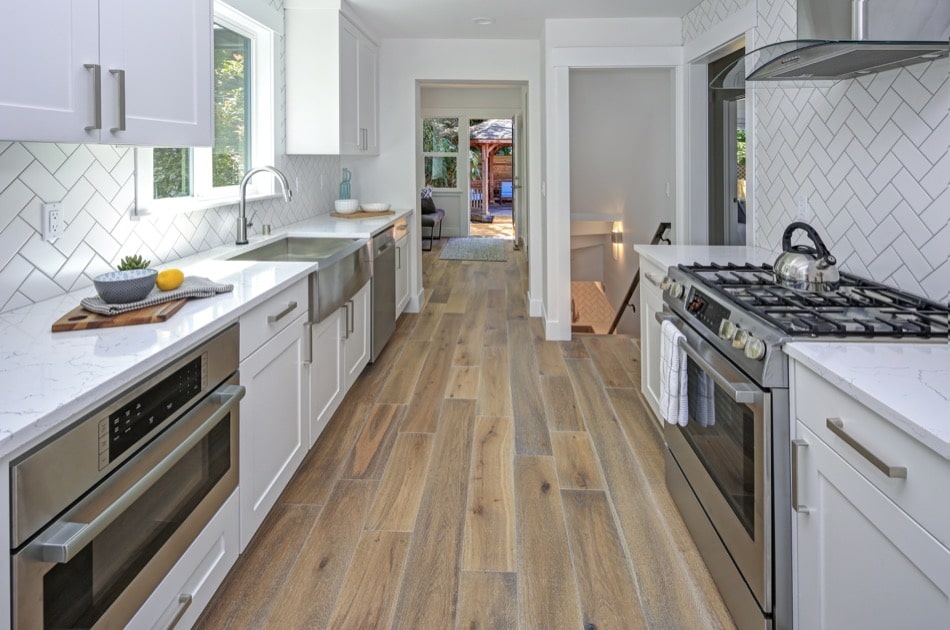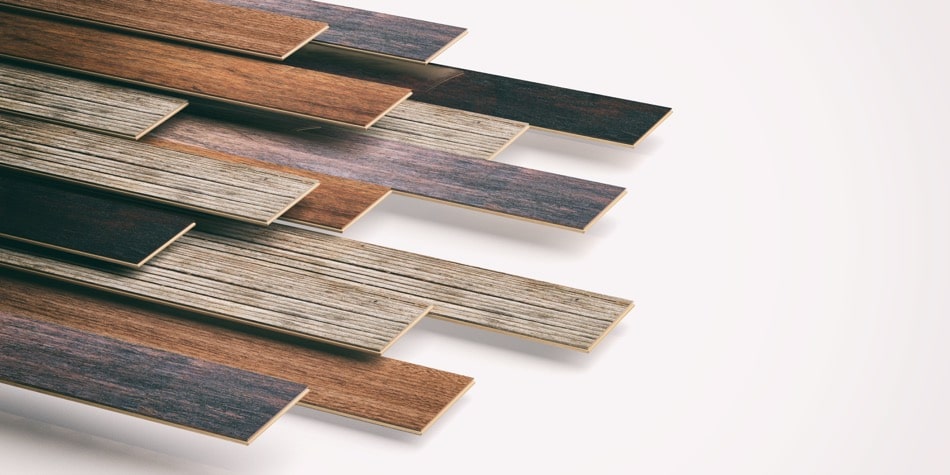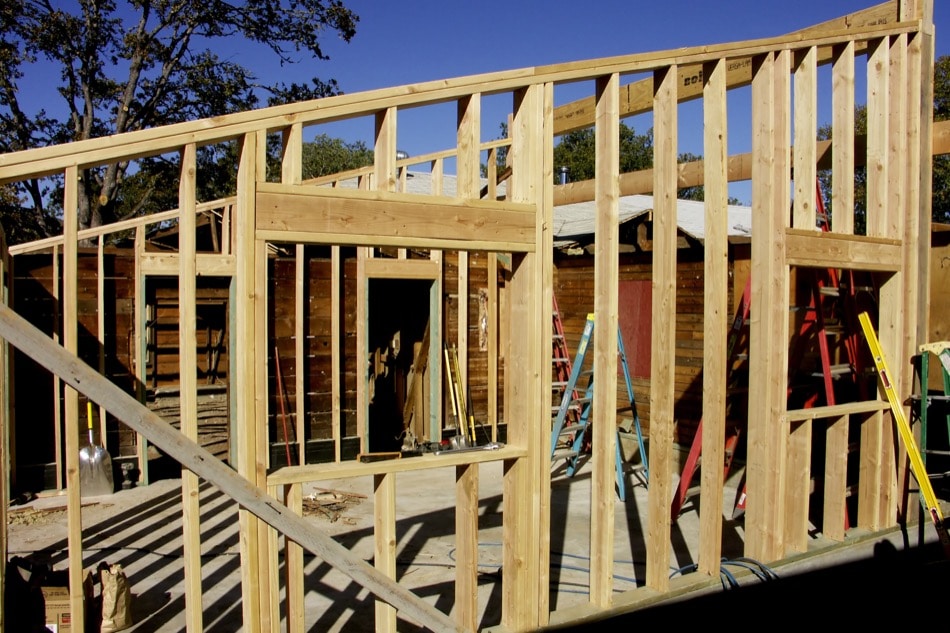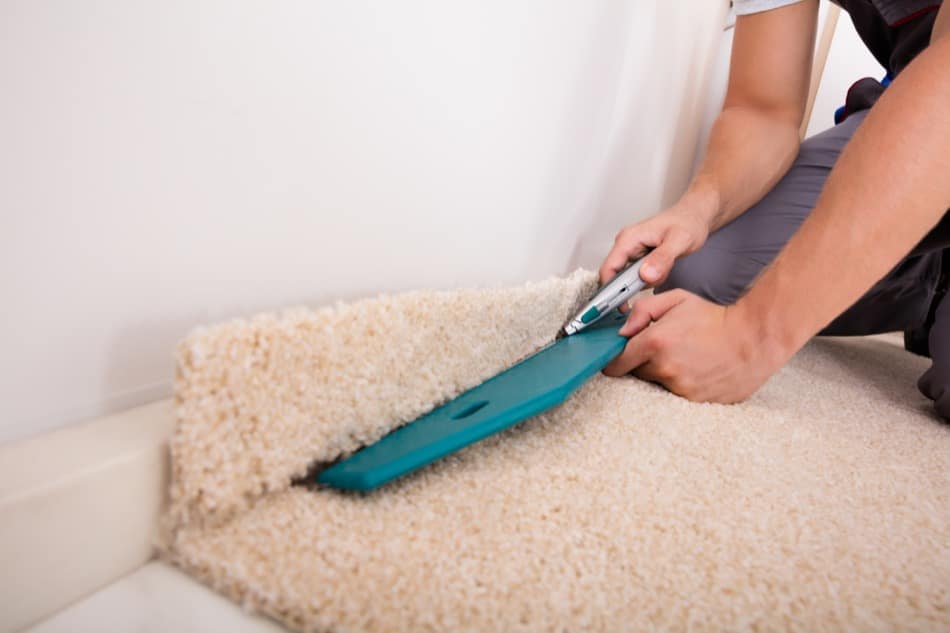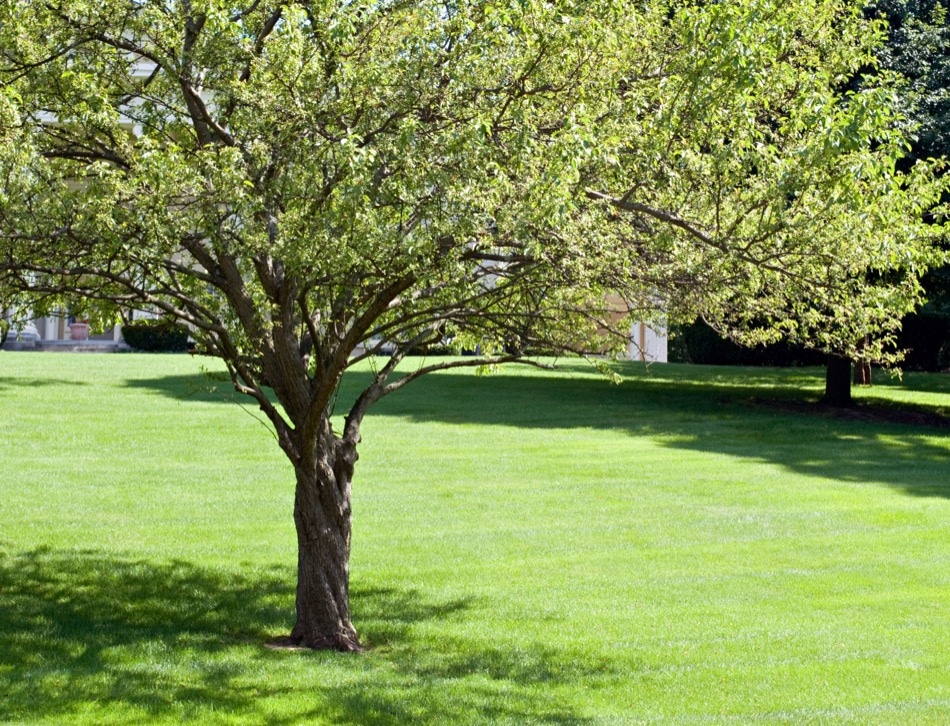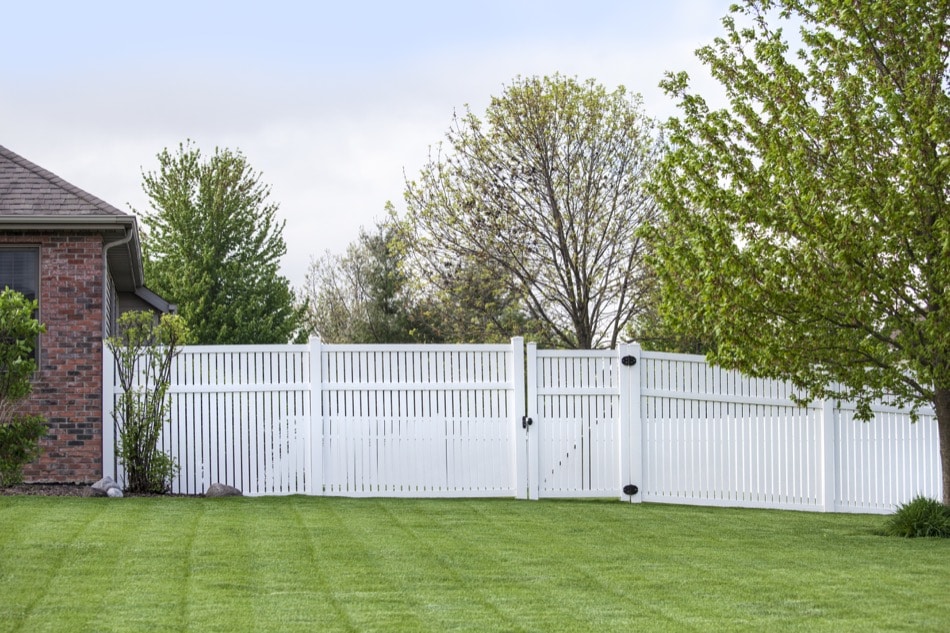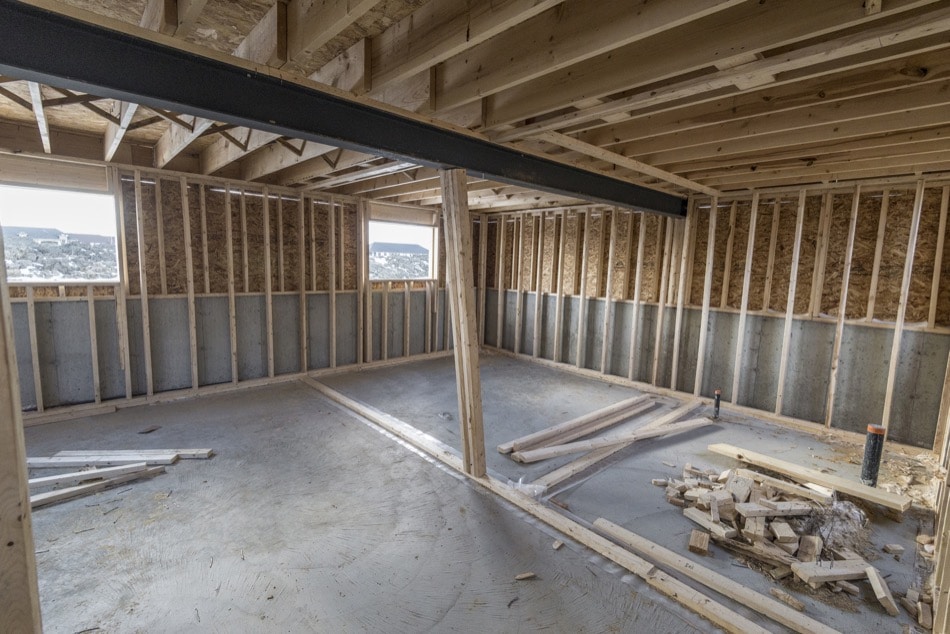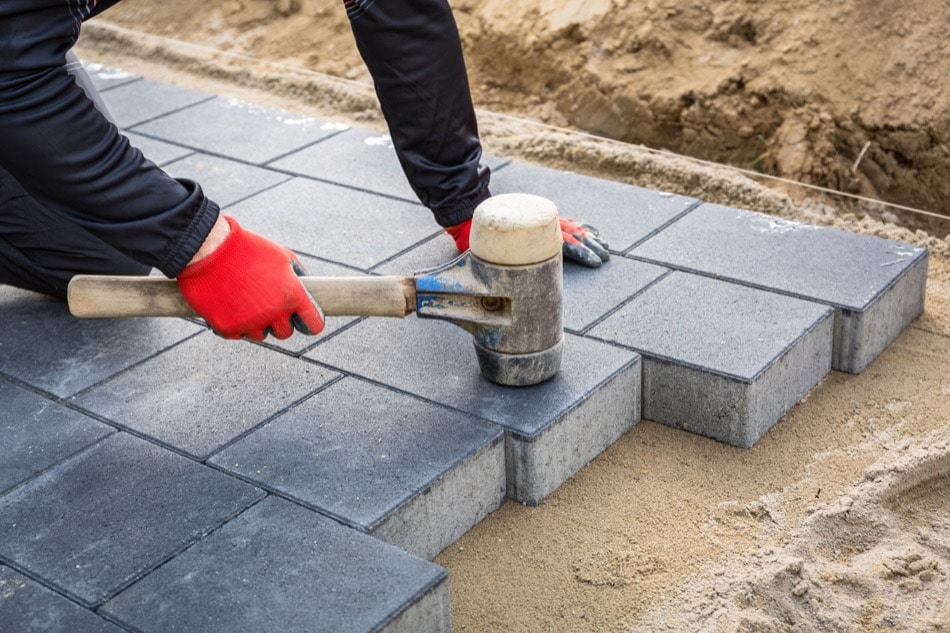
Different Driveway Styles for Your Home
 Whether a Blaine homeowner wants to boost resale value, curb appeal or simply make their driveway more accessible and functional, material and design factors must be considered first. Here are some of the most popular home driveway materials and shapes popular with homeowner’s today.
Whether a Blaine homeowner wants to boost resale value, curb appeal or simply make their driveway more accessible and functional, material and design factors must be considered first. Here are some of the most popular home driveway materials and shapes popular with homeowner’s today.
Concrete Driveways
The most common material is concrete, as it has a number of benefits, including low cost and longevity. Repairs are somewhat simple when necessary, and there are a few shades of concrete available to complement existing landscapes. Furthermore, just about any shape and design can be created with concrete.
Asphalt Driveways
Another common driveway material is asphalt, which provides a smooth, dark surface and offers numerous advantages over concrete. Not only does asphalt apply cleanly, it can be attractively shaped to accommodate circle gardens and even be used to create walkways on the property. Asphalt is also one of the most affordable solid driveway materials.
Brick Driveways
While it’s not the most common choice, bricks for driveways are incredibly versatile and can create a stunning frontal view for arriving guests. Because it is rugged, classic and designer brick driveways will last for years and are likely to turn heads in the neighborhood—for all the right reasons, of course.
Crushed-Glass Driveways
Standout driveways begin and end with creative crushed-glass installations, which are always one-of-a-kind and amazingly eco-friendly. Sure, parking on broken glass seems odd, but this is not regular glass, but rather it has been tumbled and sealed to increase its strength and prevent sharp edges that can cut feet and tires. Crushed glass is good for the earth and good for one’s neighborhood reputation as a creatively conscious homeowner.
Go Classic with Cobblestone Driveways
Reminiscent of some of the earliest solid driveways fronting stately colonial-style homes, cobblestone driveways provide a touch of elegance to any home’s exterior. Visually striking and highly resilient, cobblestone materials are sure to boost curb appeal and property value, should owners decide to sell. Proper installation is essential for a driveway that will last decades.
Choosing a Layout Design for Home Driveways
Many considerations go into deciding the right shape for a home driveway installation. There may be restrictions from the HOA limiting the options, or the home’s layout might only allow for certain designs to be functional. These concepts are some of the most popular driveway layouts to consider.
- Straight—Some owners have no other alternative than a straight driveway, either due to space, property regulations or cost factors. They are simple to make, cost-effective, and don’t require a lot of planning or expensive equipment. Using hedges as borders can spruce up this basic driveway style.
- Curved—Adding a curve to a driveway can make it streamline into the background while creating an aesthetically pleasing final result. This option allows for more creativity, and can be used to create a winding effect on longer driveways.
- U-Shaped—A horseshoe-style driveway allows vehicles to roll in and roll out without the need to back up when leaving. This can be a great option for families with youngsters and homeowners with pets that might sneak behind vehicles unnoticed.
- Circular—One of the most desirable shapes are full circular driveways, which often feature a centerpiece fountain or a landscape design to transform the front of a home.
- Y-Shaped—This style allows autos to come in and head in one of two directions, and homeowners typically opt for one stem to lead to the entryway and the other to parking areas or a garage.
While there are limitless possibilities for materials and options for combination uses, these top choices can get homeowner’s ideas flowing when considering a new driveway design.
